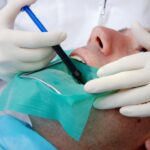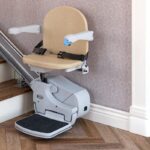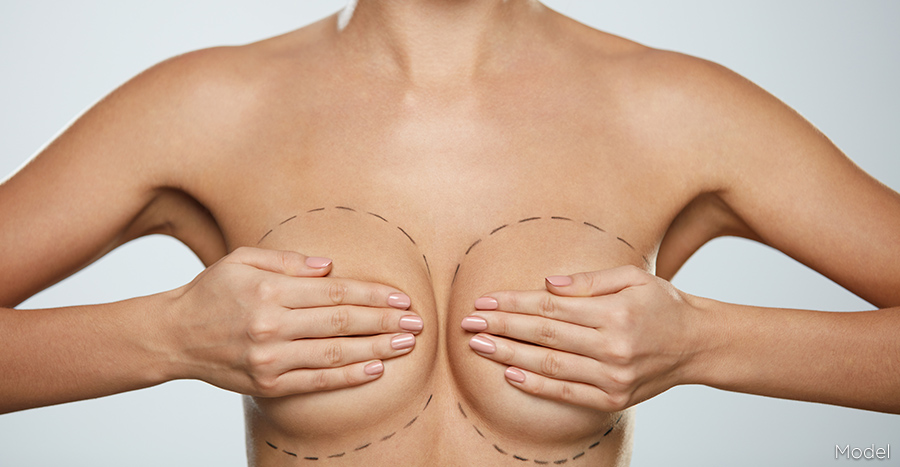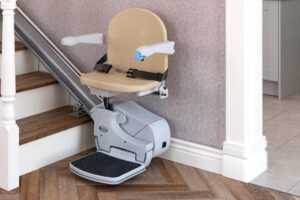Even though we don’t even want to consider the possibility, there are times when breast augmentation patients were left disappointed after their surgery.
Even if you chose an experienced surgeon, there is always a chance that you won’t be happy with your results, which is where breast revision surgery comes in.
When is breast revision necessary?
Breast revision can help correct the following:
- Capsular contraction
- Breast implant migration/displacement
- Silicone leakage
- Asymmetry
- Unsatisfactory breast size
- Sagging breasts as a result of pregnancy or weight loss
What to expect during your consultation
Before you’re considered for breast revision surgery, you will need to be in good health. This means that you can’t have any heart, lung or neurological conditions. It also helps if you’re a non-smoker.
During your consultation, your surgeon will determine what will need to be done to correct your specific issue – every patient is different. Your surgery could be a basic implant replacement or things could require a more complex solution.
You can find out more about how to prepare for your consultation on the Waverley House boob job info page.
What to expect during your surgery
The incision that will be used for your procedure will generally be the same as the incisions used during your primary procedure.
However, if your nipples need to be repositioned, additional incisions may be required.
In the case of correcting sagging breasts, surgeons may also need to make a horizontal incision across the crease of the breast.
All breast revision surgeries will be performed under general anaesthetic and can take anywhere between 1 and 3 hours.
In most cases, patients will be able to go home after their surgery unless there is a risk of complications.
Choosing a breast revision surgeon
Breast revision surgery is generally more challenging than the original procedure so you need to choose a surgeon who has the relevant experience.
An experienced breast revision surgeon will ask you a number of different questions during your consultation to ascertain exactly what the problem is. If your surgeon doesn’t spend enough time with you, analysing your case, you may want to look into other options.
Either way, it’s always a good idea to consult with at least 3 different surgeons to make sure that you’re making the best decision this time around.
Recovering from your breast revision surgery
Recovery will be different for every patient but most women experience a faster and slightly more comfortable recovery process than their primary surgery.
You will experience the most discomfort during the first 72 hours after your surgery and you will be unable to lift your arms above your head.
However, your surgeon will generally encourage you to walk around to improve blood flow, which will accelerate the healing process.
Your surgeon will also give you instructions on how to care for your drains, what to expect during your recovery process and what you should do with your pain medications and compression garments.
As always, it’s important to follow your surgeon’s post-care instructions to the letter if you want to achieve your desired results.
















